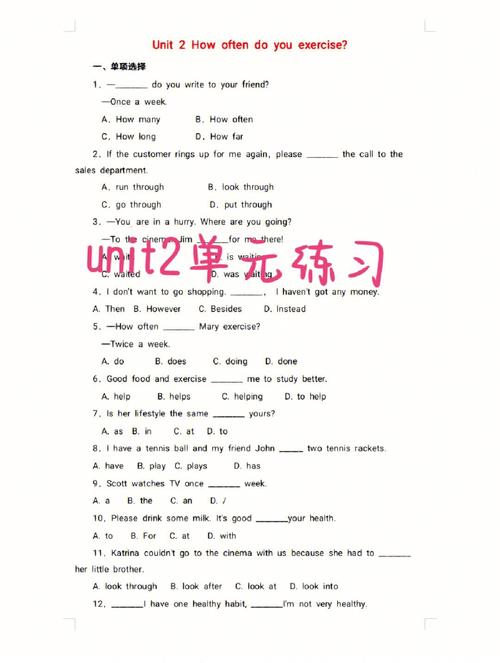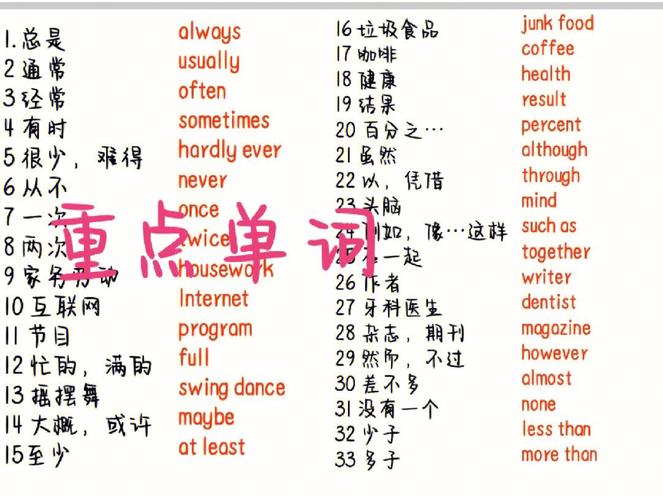How Often to Replace Sand in Pool Filter: A Comprehensive Guide
Keeping your pool filter in optimal condition is crucial for maintaining clean and crystal-clear water. One of the most common questions pool owners have is how often they should replace the sand in their pool filter. This guide will delve into the various factors that influence sand replacement intervals, helping you make an informed decision for your pool’s maintenance.
Understanding the Role of Sand in Pool Filters
The sand in your pool filter serves as a medium for trapping dirt, debris, and other impurities. As water passes through the sand, these particles are trapped, allowing clean water to return to the pool. Over time, the sand becomes saturated with trapped particles, reducing its effectiveness. Therefore, regular sand replacement is necessary to maintain your pool’s water quality.

Factors Influencing Sand Replacement Intervals
Several factors can influence how often you should replace the sand in your pool filter. Understanding these factors will help you determine the appropriate replacement interval for your specific pool.
-
Pool Size
-
Water Quality
-
Pool Usage

-
Filter Type
-
Water Temperature
-
Water Chemistry
Pool Size
The size of your pool plays a significant role in determining sand replacement intervals. Larger pools require more sand to filter the water effectively. Generally, a pool with a volume of 10,000 gallons or more may need sand replacement every 5 to 7 years. Smaller pools, on the other hand, may only require replacement every 3 to 5 years.
Water Quality
Water quality is a crucial factor in determining sand replacement intervals. If your pool water is consistently clean and clear, you may be able to extend the replacement interval to 5 to 7 years. However, if your pool water is prone to algae growth or contains high levels of debris, you may need to replace the sand more frequently, such as every 3 to 4 years.
Pool Usage
The frequency of pool usage can also impact sand replacement intervals. Pools that are used more frequently tend to accumulate more debris and impurities, requiring more frequent sand replacement. Conversely, pools that are used less frequently may only require replacement every 5 to 7 years.
Filter Type
The type of pool filter you have can also influence sand replacement intervals. Sand filters are the most common type of pool filter and generally require sand replacement every 5 to 7 years. However, other types of filters, such as cartridge filters and diatomaceous earth (DE) filters, may have different replacement intervals. For example, cartridge filters may need replacement every 2 to 3 years, while DE filters may require replacement every 3 to 5 years.
Water Temperature
Water temperature can affect the effectiveness of your pool filter and the rate at which sand becomes saturated. In colder climates, water temperatures may be lower, causing the sand to become less effective at trapping particles. As a result, you may need to replace the sand more frequently, such as every 3 to 4 years. In warmer climates, the sand may remain effective for up to 5 to 7 years.
Water Chemistry
Water chemistry can also impact sand replacement intervals. If your pool water has high levels of calcium, iron, or other minerals, these particles can accumulate in the sand and reduce its effectiveness. Regularly testing your pool water’s chemistry and adjusting it as needed can help extend the life of your sand and reduce the frequency of replacements.
Table: Sand Replacement Intervals Based on Factors
| Factor | Replacement Interval |
|---|---|
| Pool Size (10,000 gallons or more) | 5 to 7 years |
| Pool Size (less than 10,000 gallons) | 3 to 5 years |
| Water Quality (clean and clear) | 5 to 7 years |












